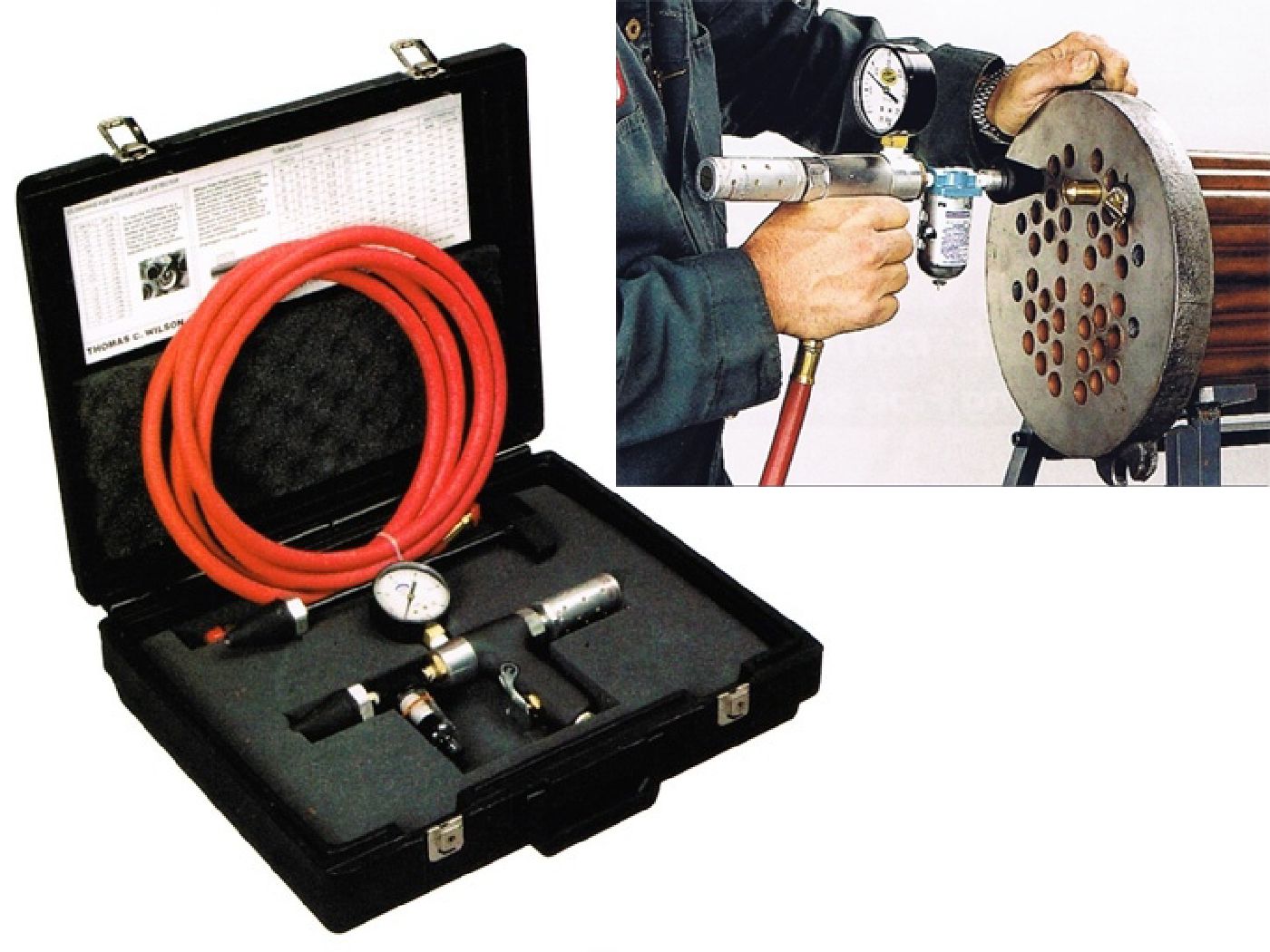We provide a comprehensive range of equipment & services for purchase or rental which custom to project specifications and requirements.
Below are the range of equipment & services we specialize in:
- Hydro Jetting
- Flange Management (Bolt Tensioning and Torqueing)
- Hot Oil Flushing
- Flooding and Flushing Pump
- Chemical Cleaning
- Desiccant Dryer
- Video Inspection (Boroscope)
- Microscope / Sampling Kit
- Portable Particle Counter
- Diaphragm Pump
- Pressure Test (Hydrostatic or Pneumatic)
- Ultrasonic Flow Meter
- Tube Cleaning System
- High Pressure Cleaner (Hot Water)
- Vacuum Leak Detector
We provide hydro jetting services which are also known as high pressure water jetting service. The process uses highly pressurized water from 3,000psi to 40,000psi to clean and remove any unwanted construction debris, rust, mill-scale from newly installed pipeline and even cold cut materials in any open or enclosed areas that are difficult to access. At 4,000psi, hydro jetting systems has the power to burst open the toughest blockages and at the same time scours the full diameter of the pipe, flushing debris, leaving a clear surface. Extremely high pressure systems with 40,000psi and above are used for concrete cutting. Generally most hardened deposits respond better to higher pressures, and softer buildup are best removed with higher flows.
These techniques have been used in practically every industry especially in cleaning of internal and external walls of pipelines, heat exchanger, boiler tubes, air fin coolers, tank, vessel, drainage etc. Hydro jetting cuts away clogs and slugs to prepare surface materials for repainting and removes grease build-up, rust, rubber, chemicals or other heavy build up without causing damage to the surface below it.
One of the major advantages for hydro jetting over other cleaning abrasives (such as silica sand, coal or smelter slag, metallic, synthetic, organic nut shells or fruit kernels) is its ability to contain, capture, filter and reuse the water. This eliminates waste water and contaminants after the cleaning.
Our service includes provision of hydro jetting systems, hoses, standard or rotating nozzles and specialists to perform the cleaning. Properly sized high pressure system will be matched according to various project requirements.
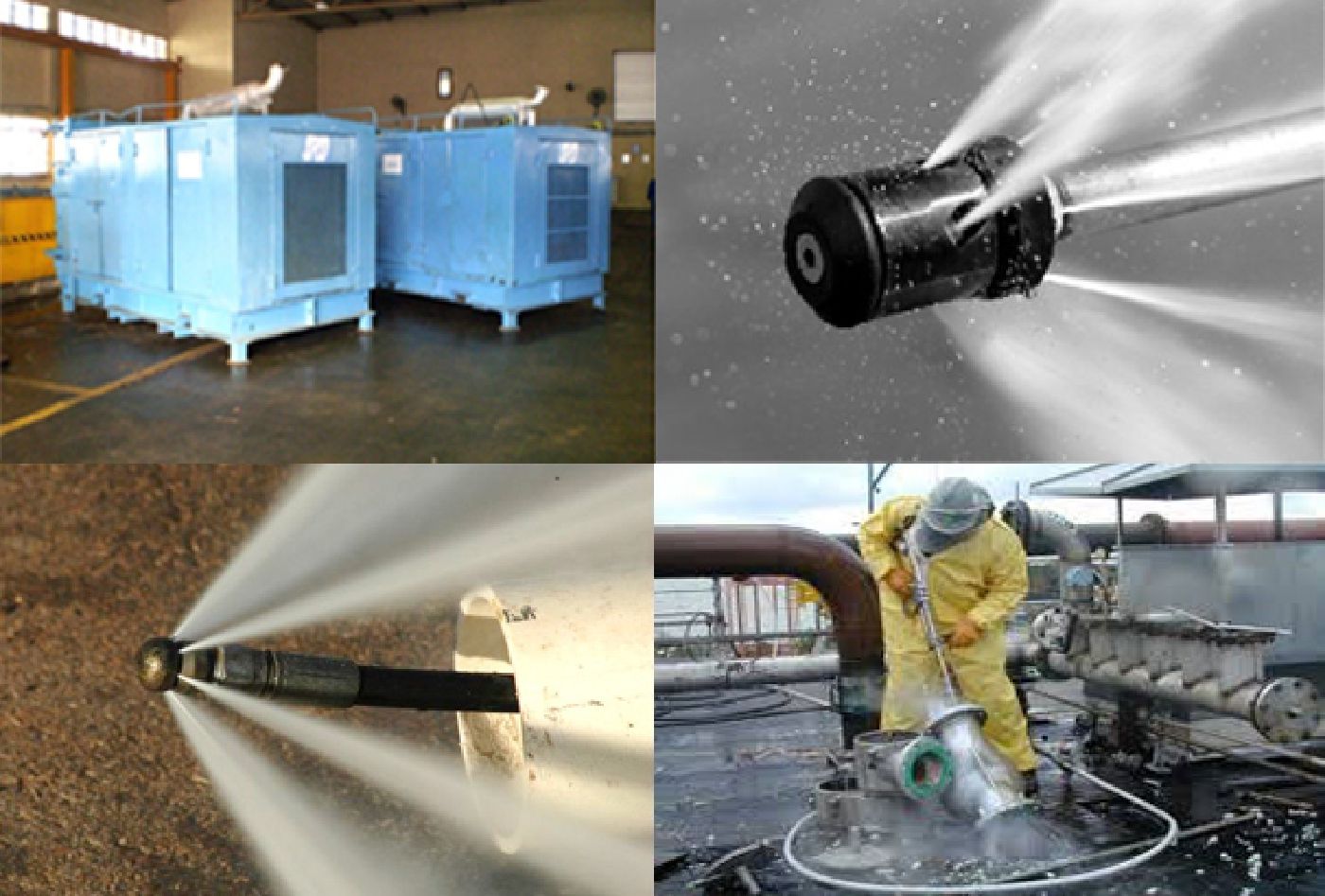
Our flange management and controlled bolting services are recognized to be cost effective and efficient in ensuring a leak free system. Specialized bolting equipment used for bolt tensioning and torqueing ensure the correct controlled bolt load are achieved for all bolted joints during construction and for all subsequent maintenance & repair operations.
Nut Splitter
Badly corroded and seized nuts can severely delay repair or maintenance operations. We can provide nut splitting services which can quickly remove unwanted nuts ensuring all deadlines are achieved.
Flange Spreader
We provide flange spreader services which consist of a pairs of hydraulic loaded jaws. It can smoothly and evenly spread the stuck flanged joint without the resort of using hammer and chisel.
We offer a complete one-stop solution for flange management joint integrity service and a customize solution to ensure efficient use of resources from simple flange joint project to full plant construction project.
We provide the following services:
- Full joint survey
- In-situ machining for joints if survey outlines problems
- Calculated and Controlled Bolt Tensioning / Torqueing
- Printed certificates of bolt loading and joint integrity
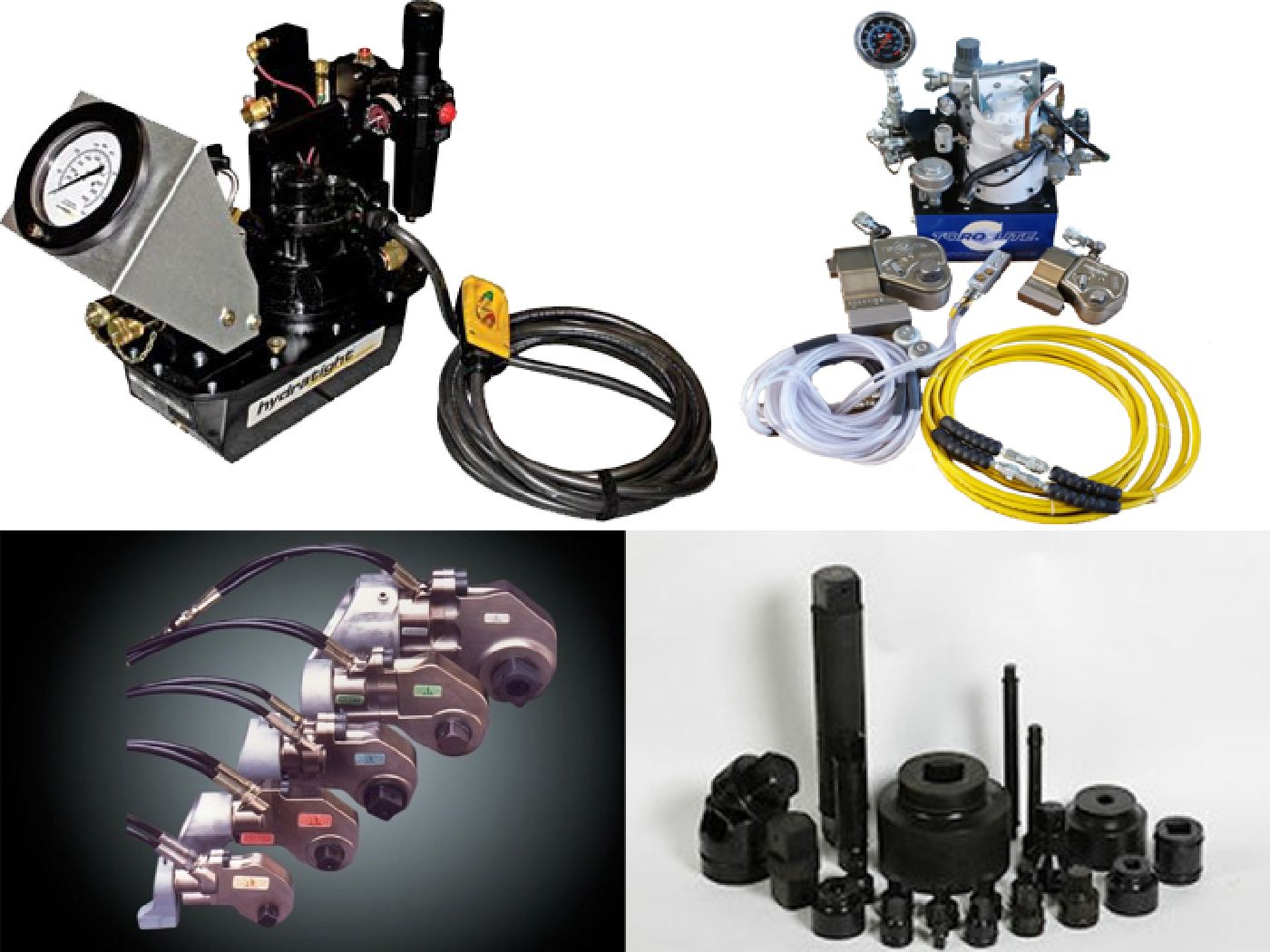
Our hot oil flushing services provide you with hot oil, high velocity, high pressure flushing which dehydrate moisture less than 500ppm and filter residual contaminate as fine as 3µ to 10µ found in hydraulic or lube oil systems according to ISO 4406, NAS 1638 or SAE AS 4059 cleanliness standards.
We operate on the principle of turbulent flow (Reynolds No. >4,000), which requires the understanding and skill of a trained technician to ensure that significant damage does not occur to your system during the process and achieving best cleanliness result. Sample of result can be send to 3rd party laboratory test or onsite test using our portable laser particle counter to determine the cleanliness standard.
We provide a unique hot oil flushing service, using conventional or specialize design system, developed to increase efficiency and reduce timescales for individual project requirement. It can be design for onshore or offshore projects for the rapid and effective cleanup of new and in-service turbine, water glycol fluid and hydraulic / lube / thermal oil systems. Our equipment can come in compact size, transportable, diesel engine or electrically motor driven and can be configured to work in hazardous areas.
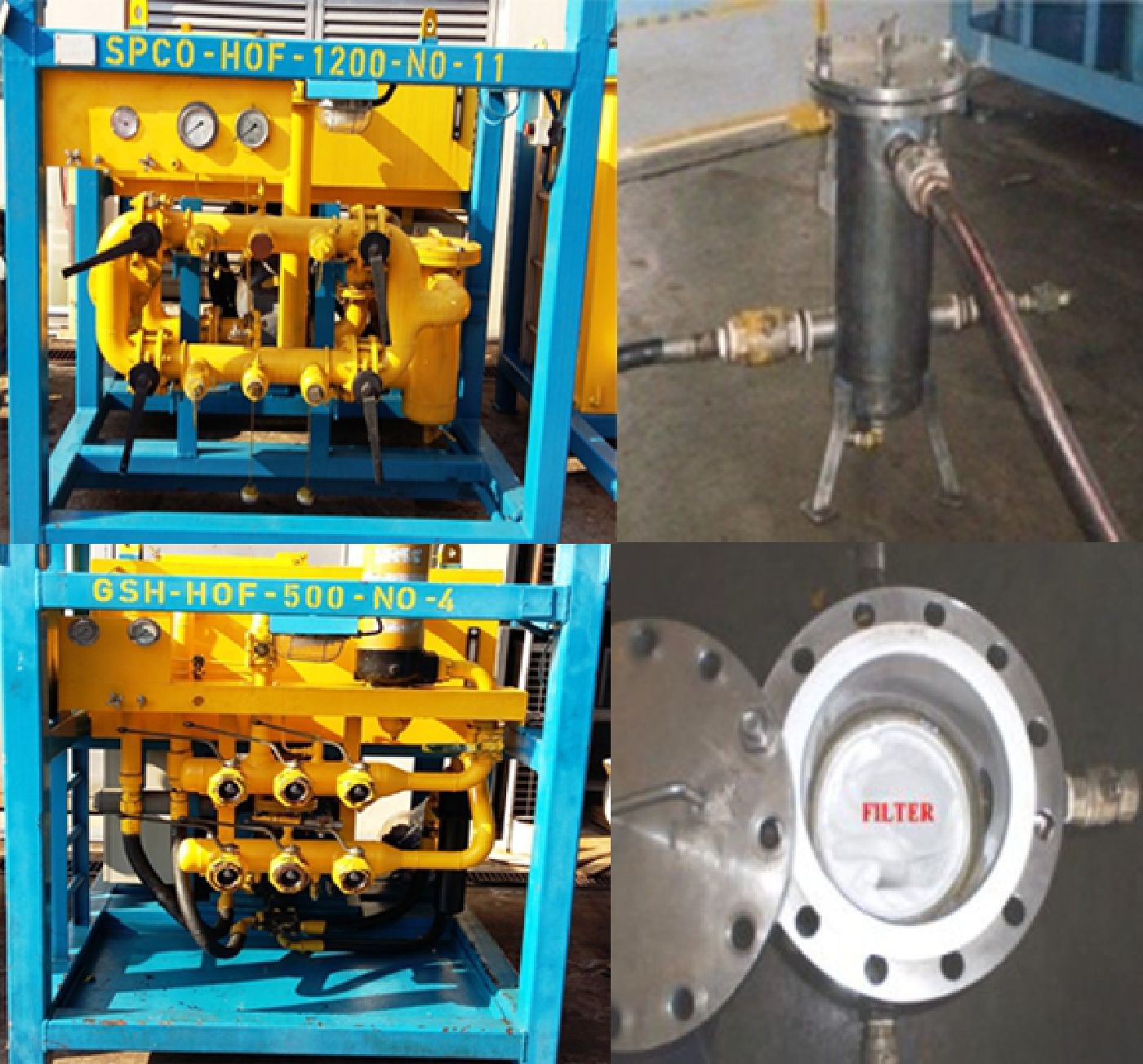
We have 2 series of pump depending whether it’s for flooding or flushing of your system.
The 1st series is VRG-series pumps which are relatively low in pressure but with a correspondingly larger amount of water flow. It is ideal for consistent running conditions in aggressive surroundings. The pump does not get worn out easily and is guaranteed non-corrosive. They are being used as fuel oil, transfer, bilge, ballast, cooling and stripping pumps. The 2nd series is VRF-series pumps which are meant for fire pump or flushing purposes. These 2 series of pump is trade mark for both low operating cost and high reliability.
These pumps can be built with fluid storage tanks with material made depending on the type of solvent or oil require to store. It will be designed to operate within the mechanical parameter (pressure, temperature, erosive and corrosive) of its application
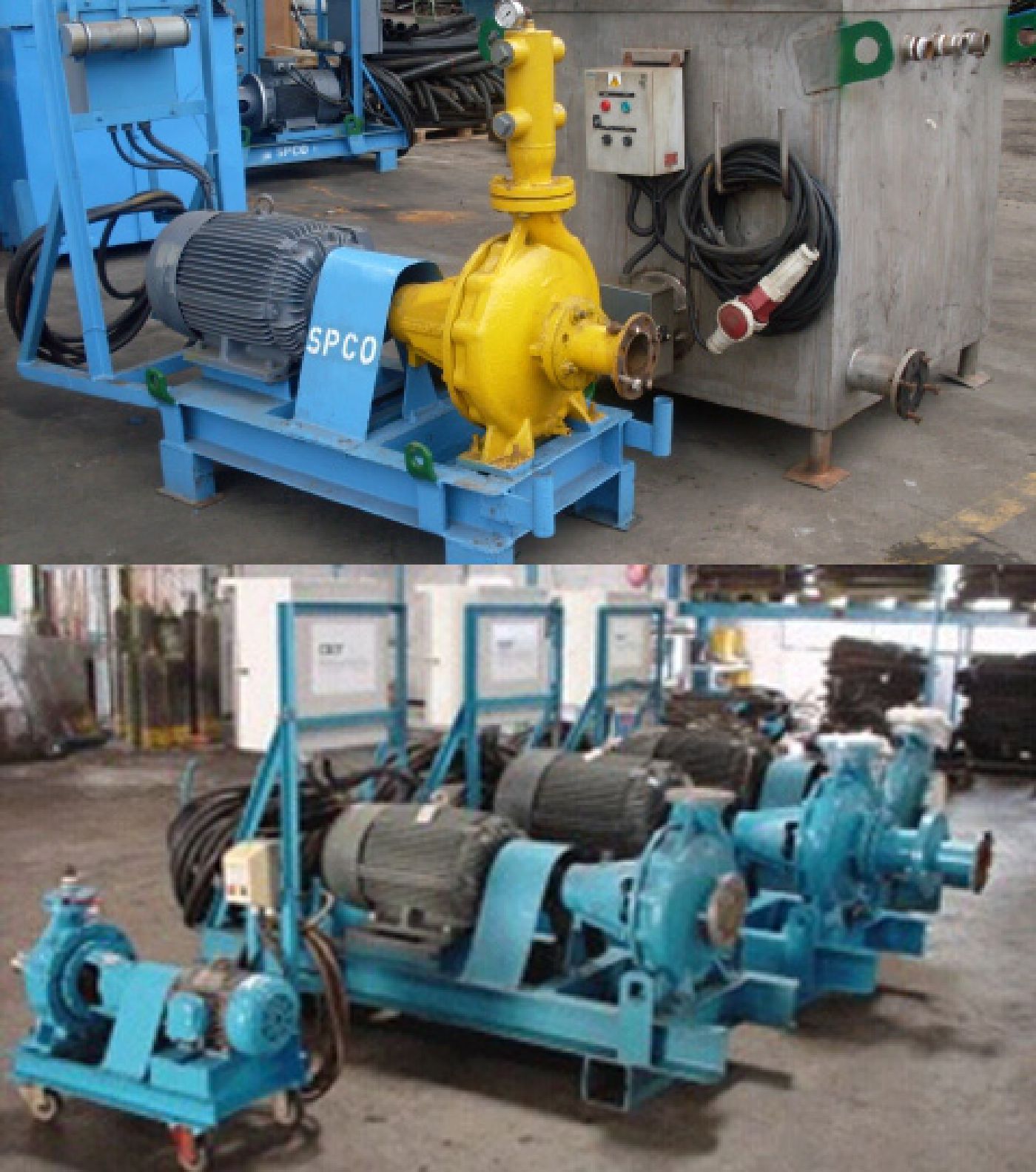
We offer a proactive approach towards chemical cleaning. When compared to mechanical cleaning methods, our chemical cleaning process reduces downtime, reduce exposure to toxic materials and environmental hazards.
The objective of chemical cleaning is to remove unwanted foreign material inside the pipeline or system. Key concerns are to remove weld scale, grease & oil, mill scale, corrosion products, sand, dirt, temporary protective coatings and other undesirable debris.
To conduct a proper chemical cleaning method, several factors are considered. We identify the key process equipment and solvents required for the cleaning process based on the type of pipeline or system material being used. Subsequently, we generate the project work scope required to conduct the task with a cost analysis benefit and execution plan. Upon job completion, all solvents are carefully disposed without causing any harm to the environment.
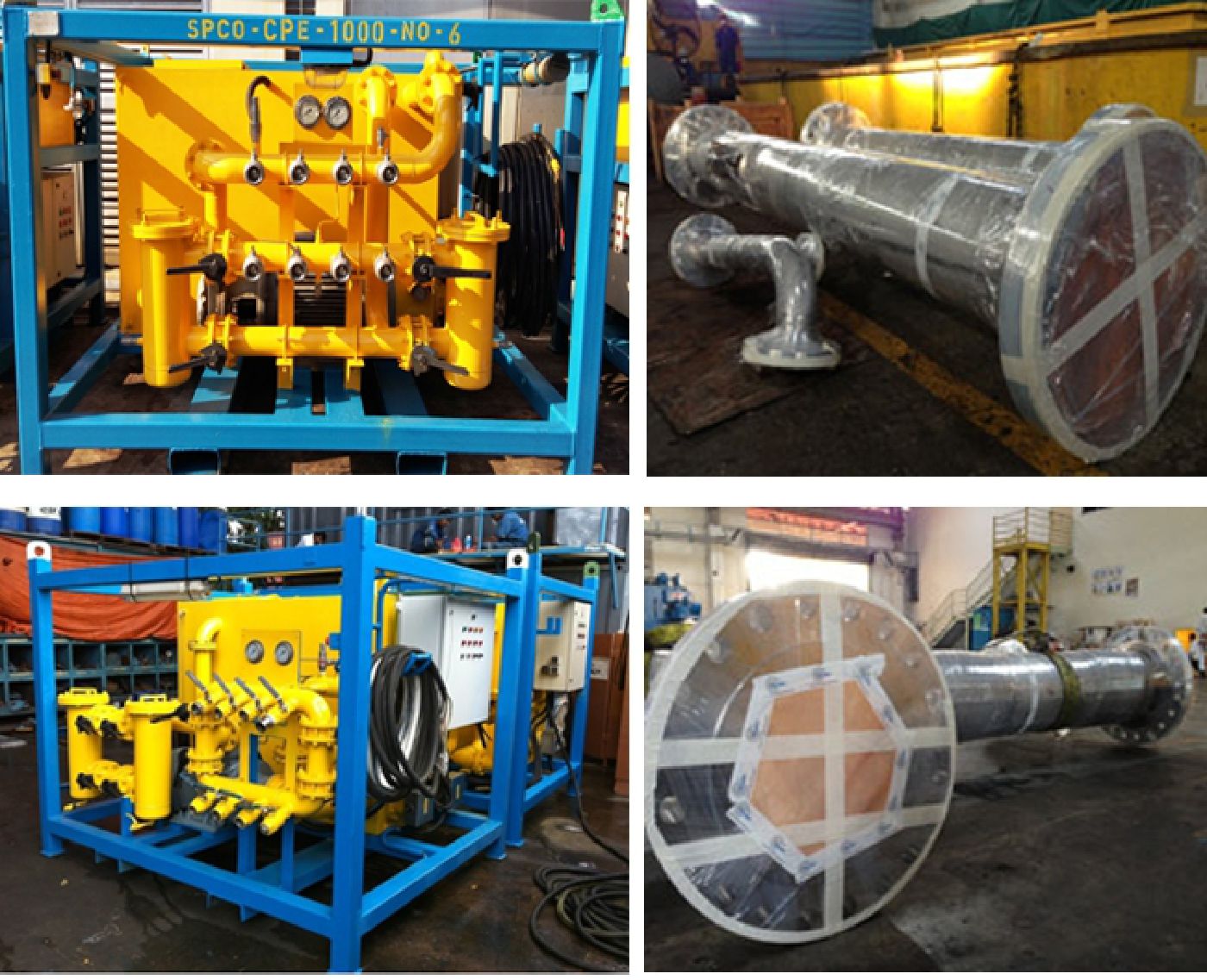
We provide desiccant dryer equipment and service to avoid most compressed air problems. Compressed air contains water, dirt, wear particles, bacteria and oil which when all mix together to form an unwanted abrasive sludge. This sludge, often acidic, rapidly wears tools and pneumatic machinery, blocks valves and orifices. It also corrodes piping systems causing high maintenance and extremely expensive standstill.
With the proven benefit of advanced aluminum forming technology, Pneudri comprises of high tensile extruded aluminum columns containing twin chambers each filled with desiccant material which dries the compressed air as it passes through. One chamber is operational (drying), while the opposite chamber is regenerating using either the Pressure Swing Adsorption (PSA) [Heatless] or Thermal Swing Adsorption (TSA) [Heat Regenerative] method of drying.
A small volume of the dried compressed air is used to regenerate the saturated desiccant bed by expanding air from the line pressure to atmospheric pressure, removing the water absorbed by the desiccant material, and therefore regenerating the dryer. Heat regenerative models have electric heaters built into the desiccant beds to further reduce purge air consumption and increase operating efficiency.
Modular design eliminates the need for complex valves and interconnecting pipeline which are used in conventional twin tower designs. The extruded aluminum columns are bolted together in such a way that if your compressed air capacity is increased then additional columns or an additional bank can be added with minimum of disruption.
Multitasking of dryers enables individual banks to be easily isolated for routine maintenance work, or even a decrease in air capacity requirements (eg. night shift). This means no interruption to your clean, dry air supply.
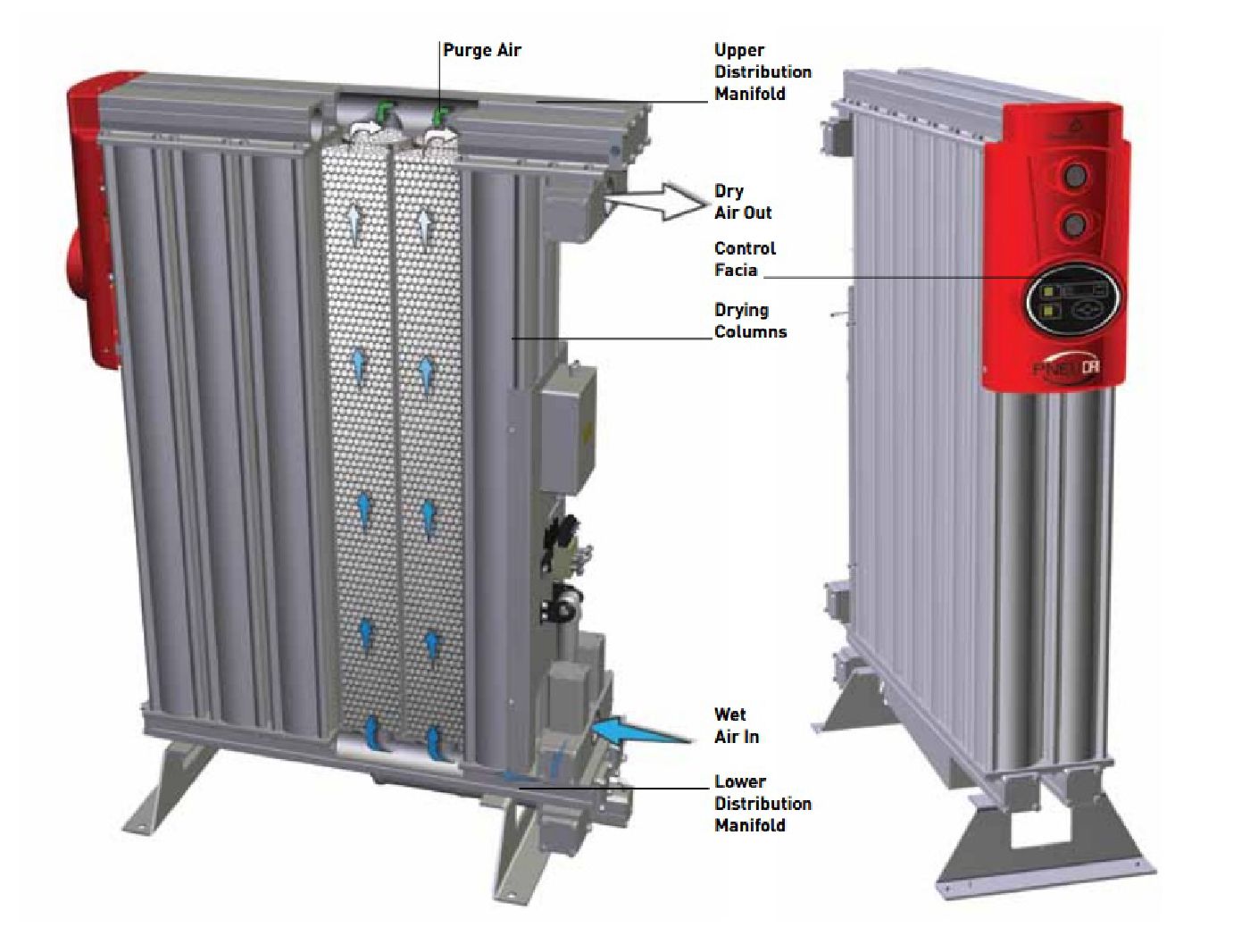
Video inspection provides a real-time visual inspection for the pipelines system to determine the internal condition. A flexible fiber optic cable with a specially designed high-resolution video camera on its tip is inserted and pushes or pulls into the system. In this process, the hardened waterproof camera equipped with powerful lights, records its journey and findings.
Video images are transmitted to an external monitor for the operator to identify any damages, obstruction that inhibit proper flow and create occasional repeated buildup. The video images can be saved for a permanent record. The internal condition of a system typically cannot be determined without a visual inspection using an in-line camera.
Video camera inspections pinpoint problems as follow:
• Broken, cracked or collapsed pipe line – Damaged pipes require repair or replacement
• Offset pipe – Sewer pipes have become misaligned due to shifting soil, frozen ground & settling
• Blockage - Grease buildup, foreign object restriction or prohibit proper flow and/or cleaning of the
system
• Corrosion – System has deteriorated, cracked, causing sections to collapse and restrict flow
• Bellied pipe – Section of the pipe has sunk due to ground or soil conditions
• Leaking joints – Gasket between pipes had degenerated, allowing medium to escape
• Root infiltration – Tree or shrub roots have invaded the sewer line, preventing normal cleaning or
damaged the sewer line
• Off-grade pipe – Existing pipes are constructed of substandard or outdated materials that may have
deteriorated or corroded
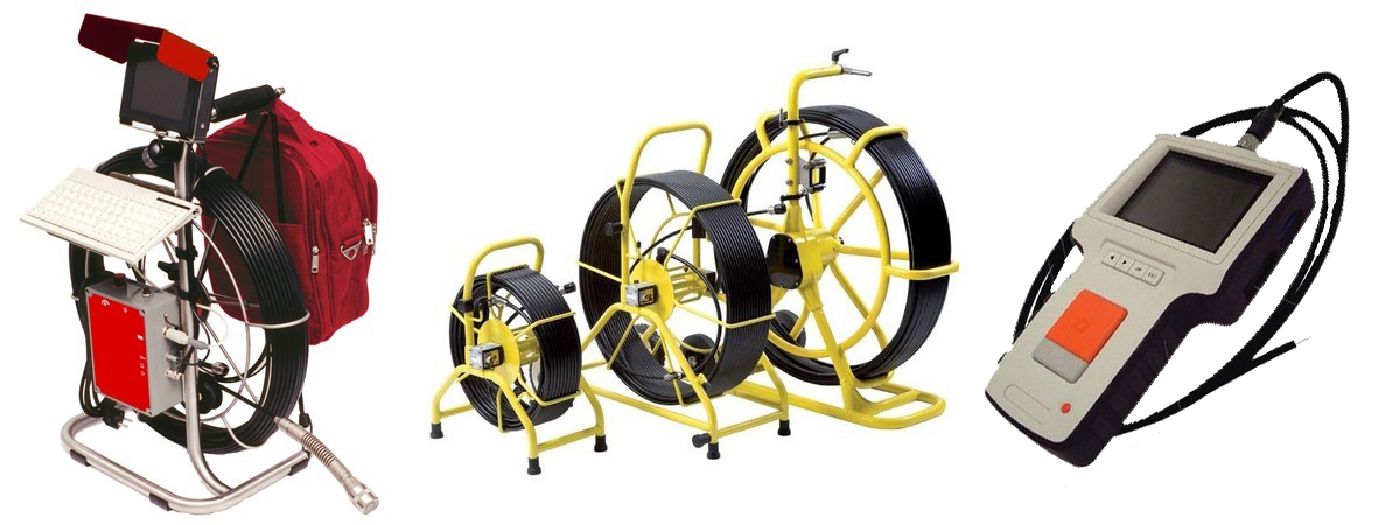
We provide proper oil sampling kit which is critical to an effective oil analysis program. Without a good representative sample, further oil analyses are futile. There are two primary goals in obtaining sample.
First goal is to maximize data density.
The sample should be taken in a way that ensures there is as much information per milliliter of oil as possible. This information relates to such criteria as cleanliness and dryness of the oil, depletion of additives and the presence of wear particles being generated by the machine.
Second goal is to minimize data disturbance.
The sample should be extracted so that the concentration of information is uniformed, consistent and representative. It is important to make sure that the sample does not become contaminated during the sampling process. This can distort the data, making it difficult to distinguish what was originally in the oil during the sampling process.
To ensure good data density and minimum data disturbance in oil sampling, the collection procedure, device and testing location should be considered. The procedure by which a sample is drawn is critical to the success of an oil analysis. Sampling procedures should be documented and follow strictly by all members of the oil analysis team.
The hardware used to extract the sample should be easy to use, clean, rugged and cost effective. In addition, it is important to use the correct type of vacuum clean sampling bottle to assure that extracted sample is not contaminated.
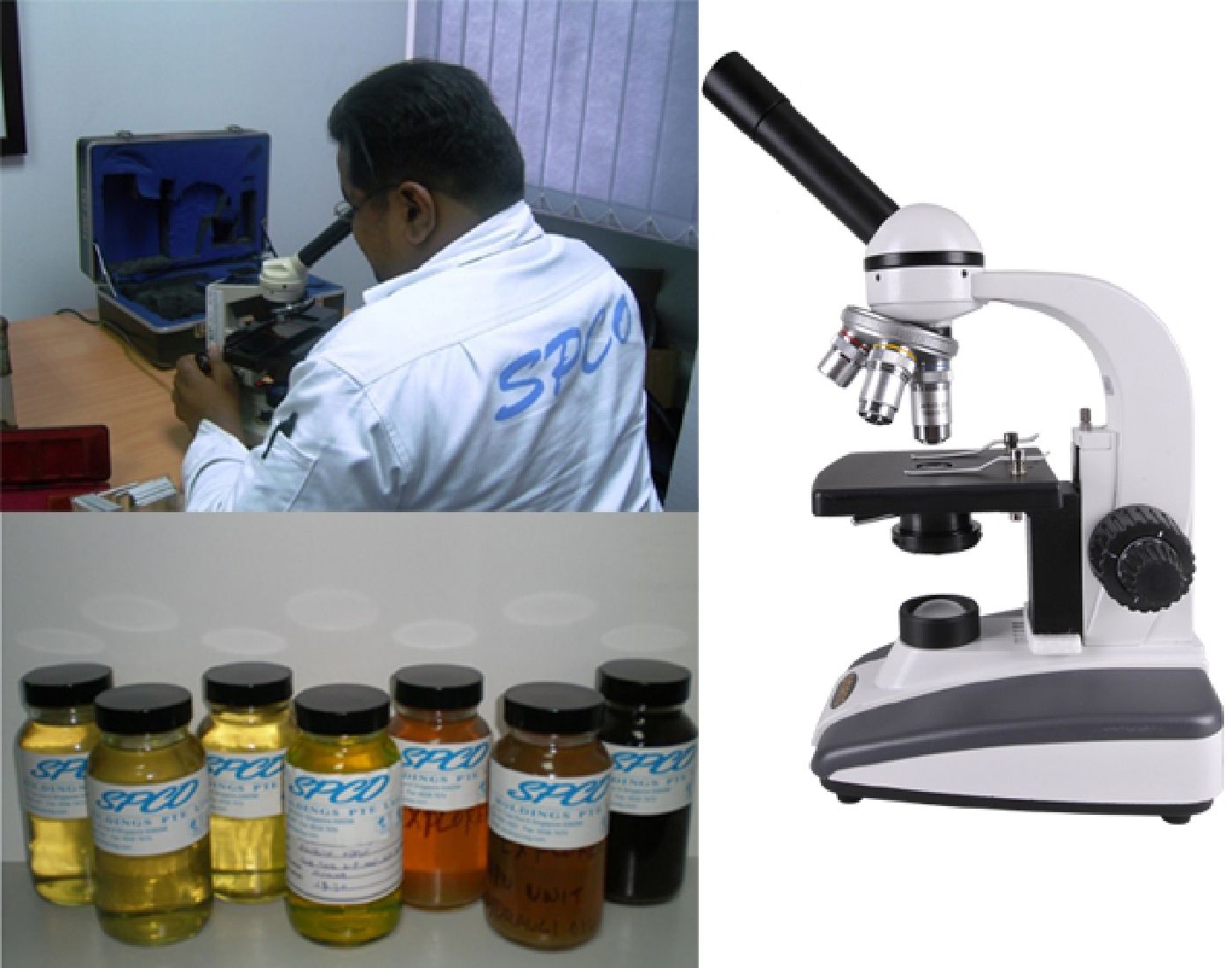
Our portable particle counter is designed to serve in aviation predictive-maintenance programs, uses laser beam to calculate the presence of contaminating particles in system fluids. Particles in fluids under inspection are sized and recorded as the fluid flows past and the contaminant particles interrupt the laser beam. The laser light is said to offer advantages compared with white light, including more accurate particles sizing, longer service life and less sensitivity vibration.
Early detection of abnormal fluid cleanliness allows for timely investigation and corrective actions to be implemented. The unit can be used as a portable device for routine condition monitoring of various fluid systems which consist of coolants, water glycol fluid, hydraulic oil, lube oils and fuels.
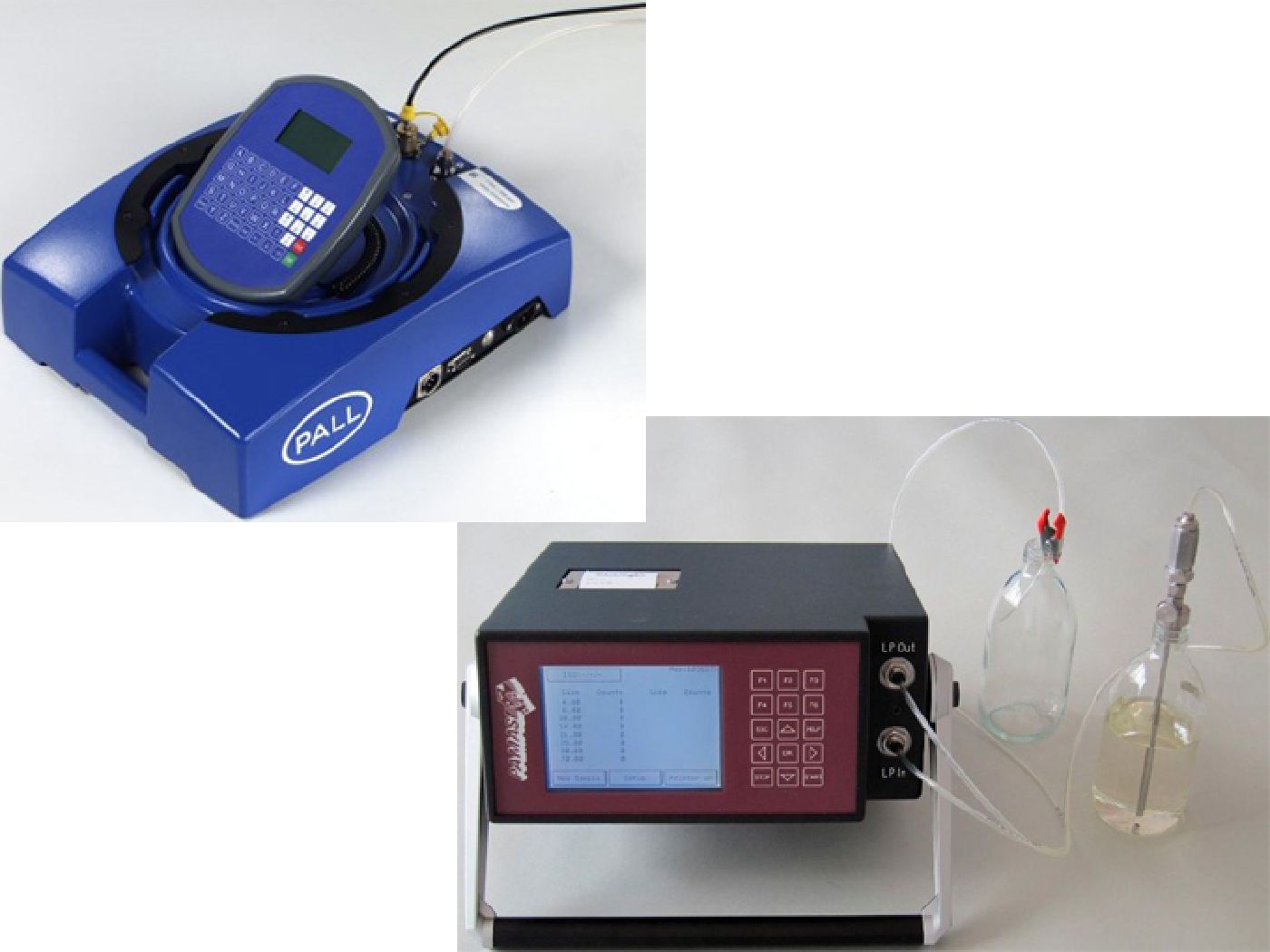
Diaphragm pump is an air-operated positive displacement pump. It displaces fluid from one of its two liquid chambers upon each stroke completion. There are a few wetted parts (parts contact with fluid) which are dynamic: The two diaphragms which are connected by a common shaft, the two inlet valve balls and the two discharge valve balls.
The diaphragms act as a separation membrane between the compressed air supply and the liquid. Driving the diaphragms with compressed air instead of the shaft balances the load on the diaphragm which removes mechanical stress and therefore extends diaphragm life. The valve balls open and close on the valve seats to direct liquid flow.
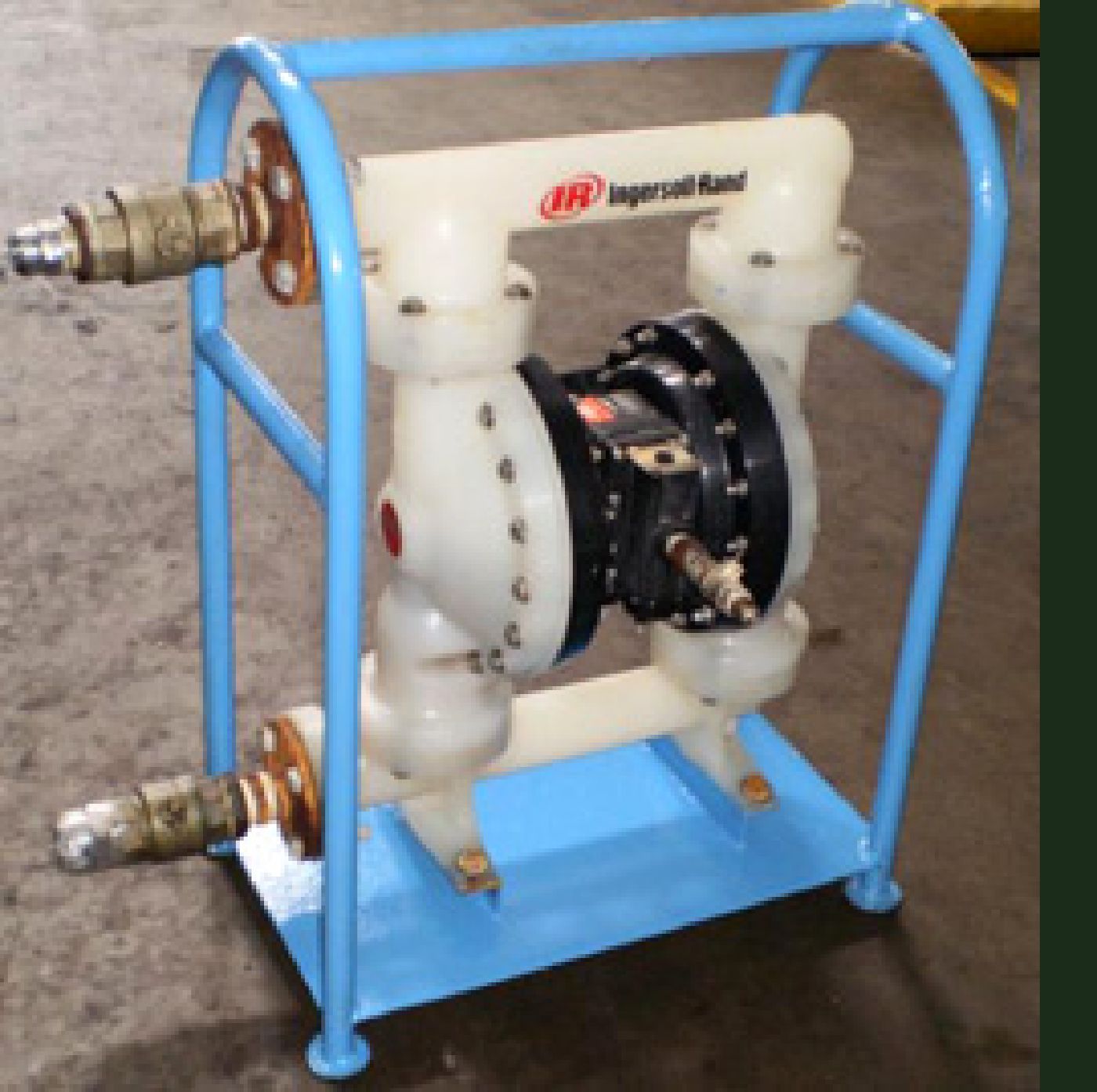
Our pressure test ensures that the integrity of pipelines or vessels is leakage free and complies with international safety standards or as per defined specifications.
The test involves filling the system then pressurized it to a specified pressure and hold for a period of duration depending on its standards or specification. System strength is also tested by measuring permanent deformation through hydrostatic test.
Such pressure tests are conducted by our skilled engineers and technicians who are highly trained not just in the practical operation but also the technical theory behind the operation procedure. The combined practical and theoretical understanding coupled with our extensive experience contributes to an effective, efficient and safe process.
We are specialized to carry out hydrostatic test and pneumatic test on the following:
• Pipelines, hoses, valves, vessels and fittings
• Pressure safety valves and Pressure relief valves
• Nitrogen Purging
• Data based test pack development and project tracking
We had accomplished various types of pipeline systems:
• Hydraulic deck machinery
• Stern tube lube line
• Fuel oil line
• BOP hydraulic line
• Hydraulic cylinder
• Cargo / Hatch cover hydraulics
• Top Drive hydraulics
• CMC hydraulics
• Roughneck
• Offshore crane hydraulics
• Cement mud line
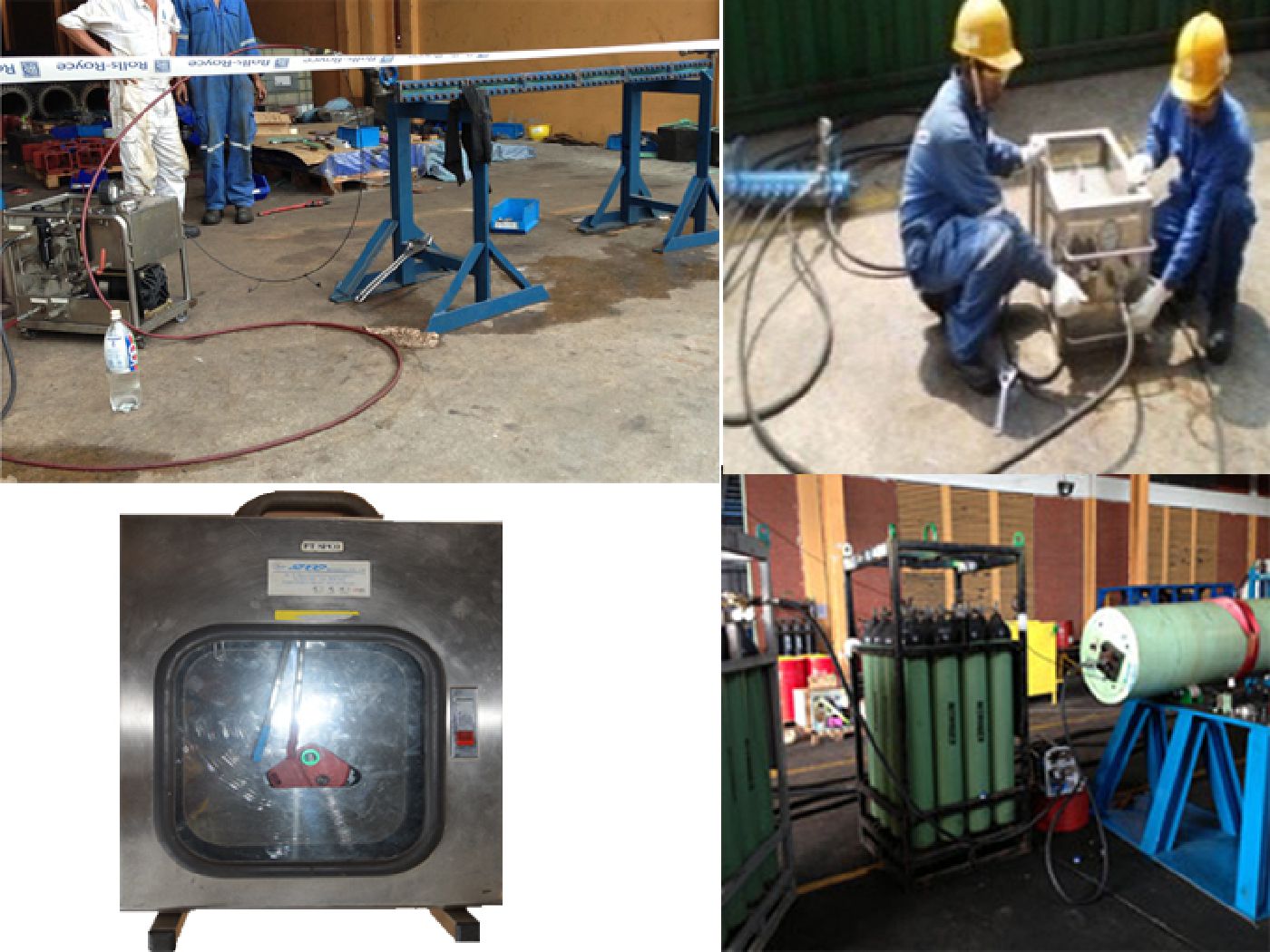
Our range of non-invasive flow meters utilizes ultrasonic technology for the accurate flow measurement of liquids in full pipes. The portable device has been designed to meet the needs of the service/maintenance and commissioning engineer wishing to check the flow rate of liquids at different locations in the plant.
The set-up of the unit is simple and user friendly in order to obtain the required flow information.
Measurements of flow are made by penetrating the pipe with ultrasonic sound wave, subsequently time differences, frequency variations and phase shifts where it evaluate and produce accurate flow information.
The ultrasonic sensors are clamped onto the outside of the pipe work to measure the flow process. The unit can be applied to any type of standard pipe carrying either clean or dirty liquids.
ADVANTAGES:
• Low installation effort and cost
• Dual measuring mode (Transit-time and Doppler)
• Measurement is independent of fluid conductivity and pressure
• No pressure loss and no possibility of leakage
• Retrospective installation for existing plants possible
• No cutting of pipes, no interruption of process, no shut down
• Hygienic measurement, no risk of contamination, suitable for ultra-clean
fluid
• No contract with medium, no risk of corrosion when used with aggressive
media
• Cost advantages when used with large diameter pipes, high pressure
systems, etc.
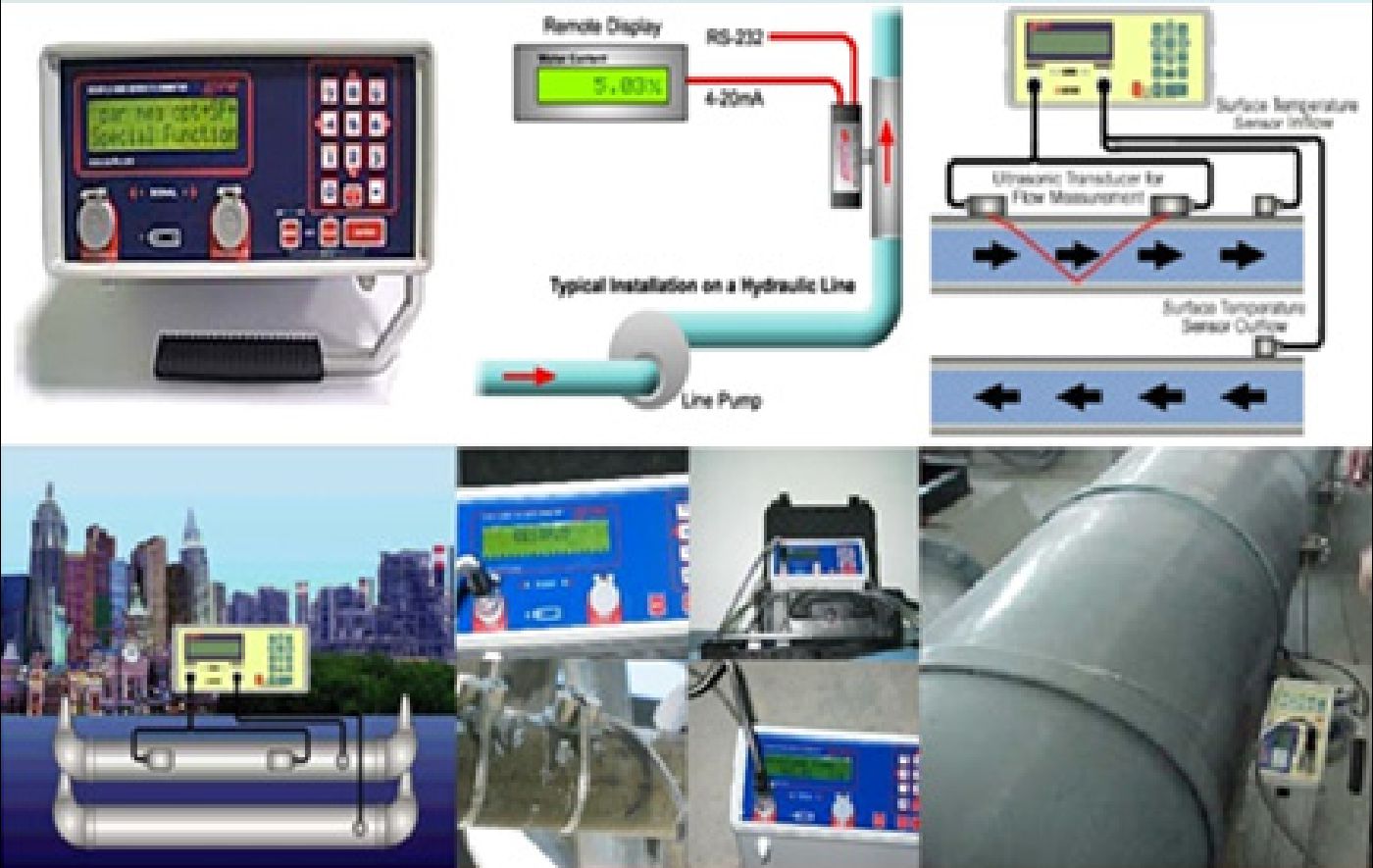
Tube Cleaning Systems are designed for cleaning straight tubes in tube boilers, air heaters, condensers and other pressure vessels with a 1-1/2 to 4-1/2-inch Outer Diameter. They are ideal for removing soot and scale. Each kit includes an electric drive unit and all accessories and tools required for thorough tube cleaning. High rotating speed @ 1,725rpm, the expanding heavy duty brush shaft clean casing tube in an ease.
FEATURES
• Air driven tube cleaners that remove light to heavy scale deposits
• Electric tube cleaning equipment to remove soot and scale
• Tube cleaning brushes ideal for cleanup after cutter bit use
• Tube expanders that are self-feeding and available in various lengths
• Tube pullers that are easy to use and available for manual and hydraulic applications
• Boiler tube plugs for sealing off leaking tubes with a minimum amount of driving
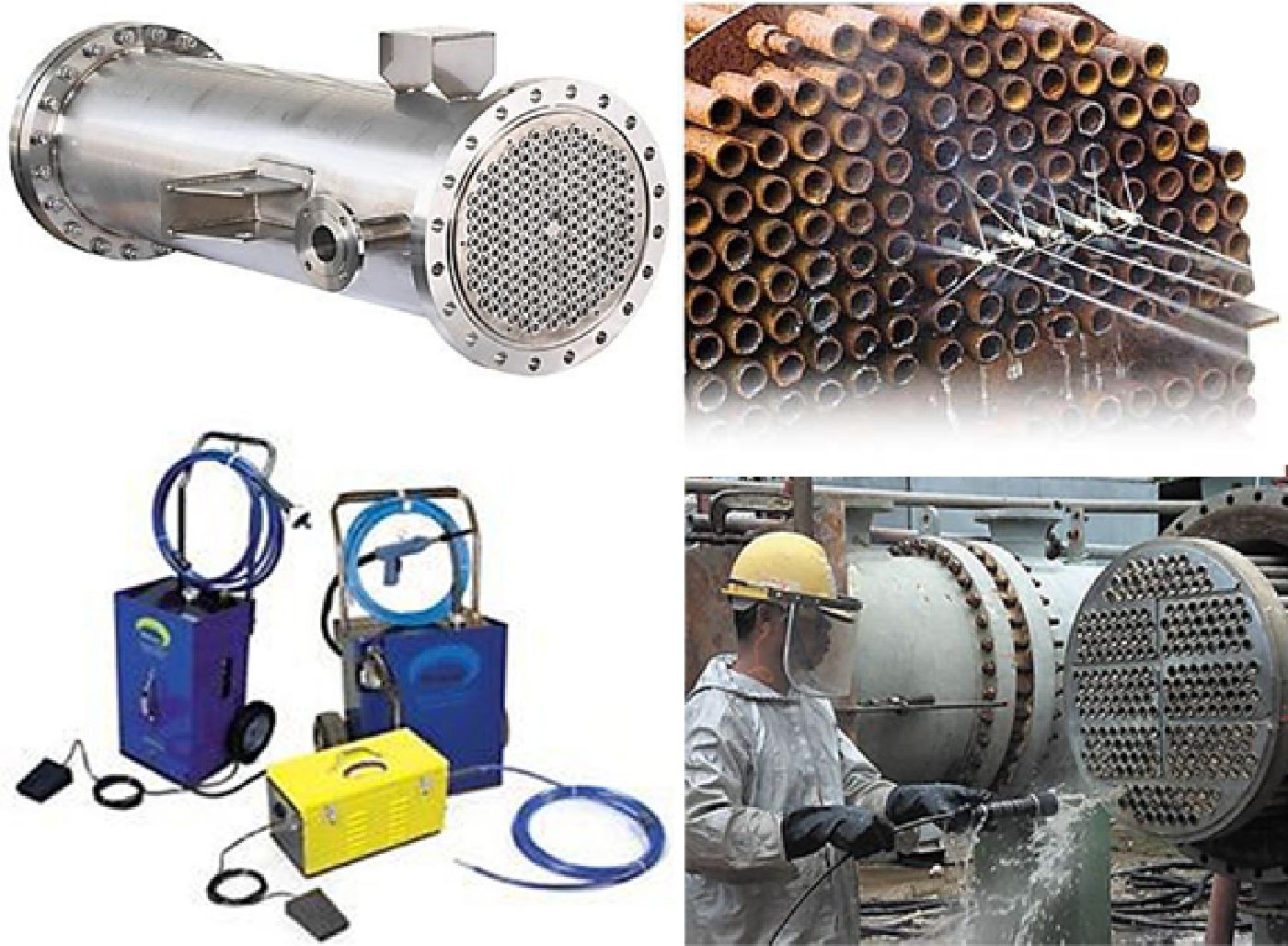
High Pressure Cleaner (Hot Water) is ideal cleaning equipment for de-greasing applications in multiple industries.
FEATURES
• Low speed motor/pump unit
• Non corrosive materials are used in pump, fittings & pipes
• 3 fully ceramic pistons
• Long life seals
• Stainless steel valves
• Built-in by-pass/safety-valve
• Class F motor with overload relay
• Inlet/outlet quick couplings
• Built-in chemical injector
• Built-in chemical tank
• Vertical labyrinth spiral boiler with forced air feed
• Thermostat regulated temperature control
• Safety cut-off on burner
• Individual start/stop of motor-pump unit and burner, enabling hot or cold
water operation
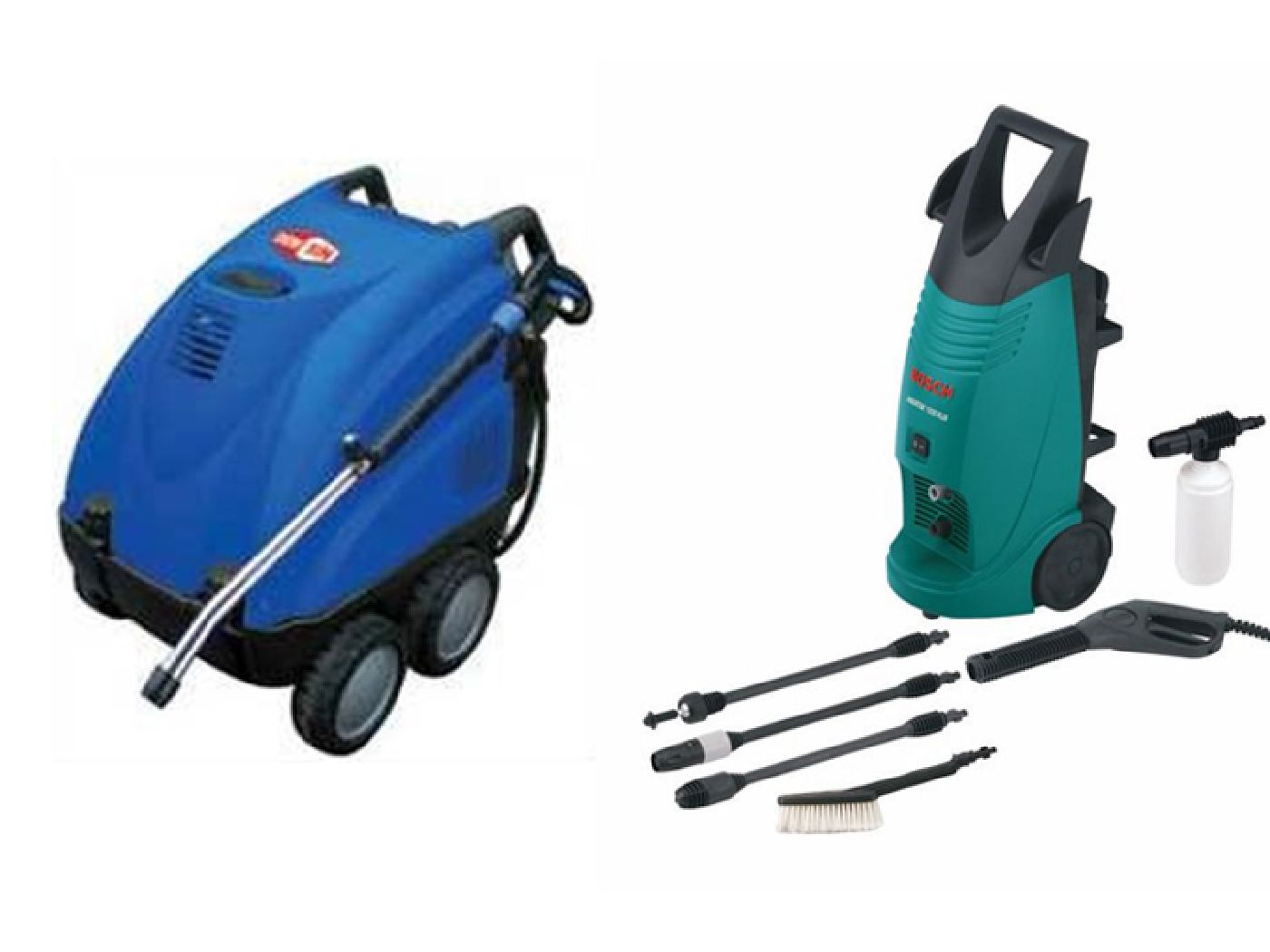
The Vacuum Leak Detector (VLD) is a simple test instrument used for condensers, heat exchangers and other tubular apparatus to identify tubes leakage.
Sealing the far end of each tube with a snap type tube plug then presses the rubber coated nozzle into the near end of the tube and depresses the trigger. Compressed air flows through a venturi chamber to produce a vacuum in the tested tube. When this vacuum reaches a satisfactory level, he releases the trigger. A steady Gauge reading indicates a good tube. A falling vacuum indicates tube leakage.
Using a 90psi dry clean air, a typical tube (1inch OD x 20 Gauge & 20ft long) can be tested in 6 to 8 seconds. The tool weighs 2 1/4lbs. and is equipped with a muffler, so it operates quietly even in confined areas.
